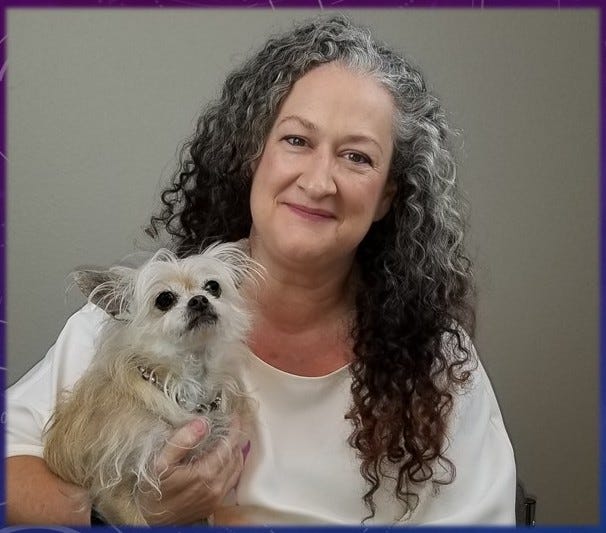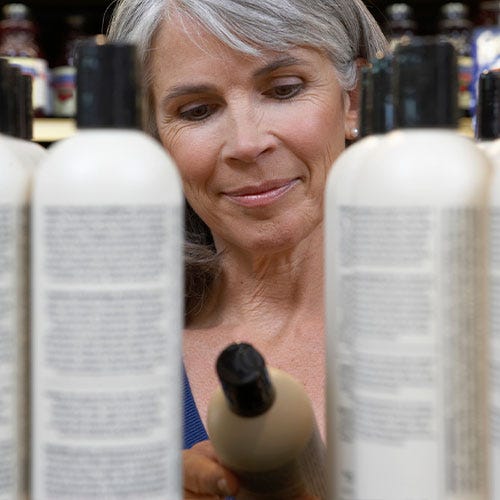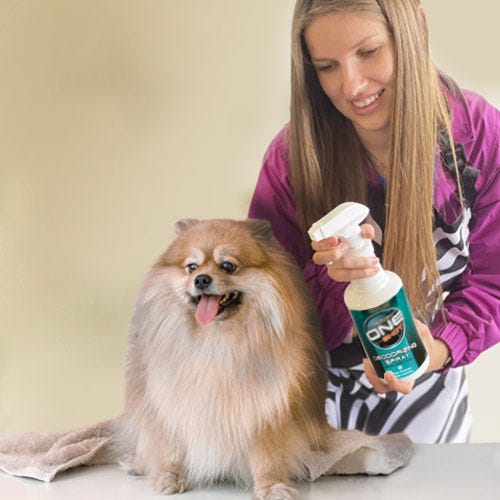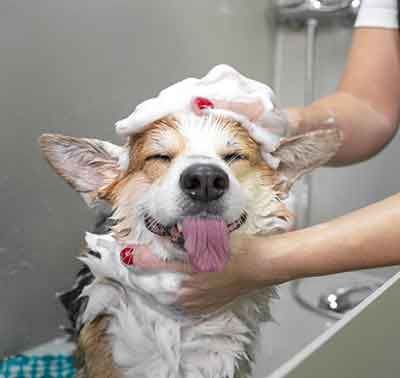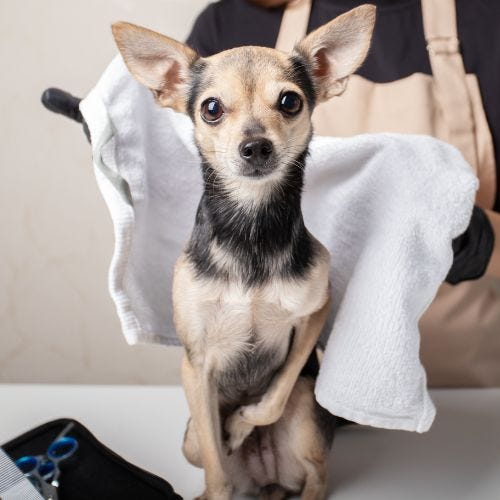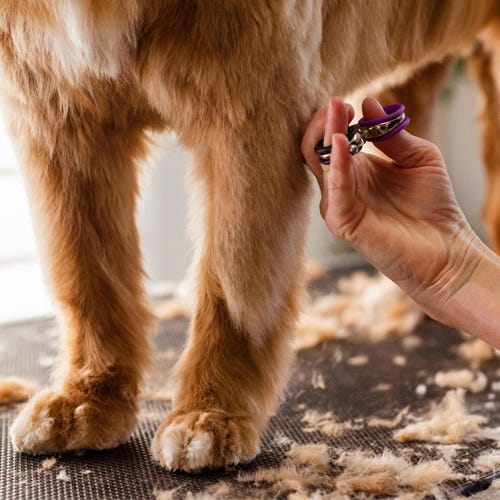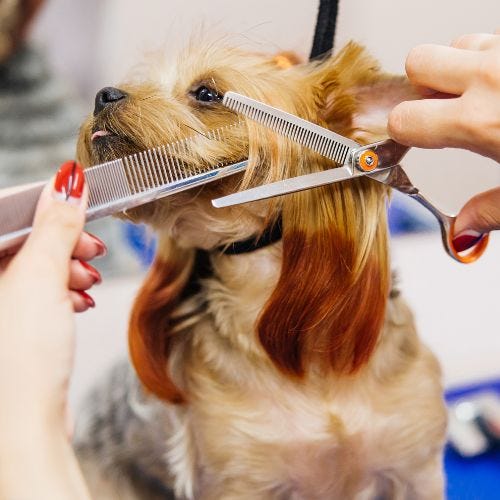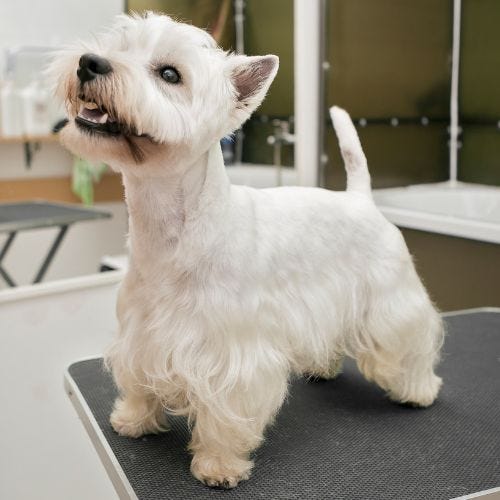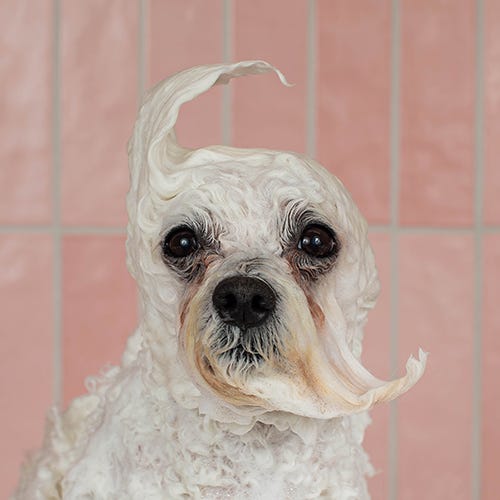The most asked question of all time and throughout the universe is…what shampoo should I use? It can be so frustrating to have such a selection of choice in the pet grooming product market. Choosing a shampoo product that is safe, has a comprehensive ingredient list, smells nice, or doesn’t have a scent, that actually does what you need it to do, can make us confused and downright defeated. Let’s address this on a purely therapeutic level to gain some understanding on why we need the different products in the first place.
Textbooks from the veterinary field show that canines, at the basic level, have three different coat types and have subtle differences in how they grow and protect the dog. Short, Medium or Natural, and Long coats. These are the therapeutic coat types, there are other classifications that have more to do with how the coat on the types need to be groomed.
- Short coats, with a subdivision of hairless, need more oil. 30% more oil. This sounds crazy and looks even crazier when it is practically applied. While all dogs need oil, minerals, proteins and hydration, the short type need more oil to be healthy. This means they produce copious amounts of oil and when they are washed, this oil needs to be replaced in a meaningful way. The selections in general might be, a gentle cleansing shampoo, a conditioner with oil added, and a final polish of oil before they go home.
- Medium or natural coats need minerals and protein. All felines fit into this category with the exception of the Rex family. These coat types turn over a massive amount of coat on a regular basis and need the “raw materials” to help replenish the follicle matrix so it can make more coat. Since dogs are so absorbent, topical treatments are very beneficial and can be utilized by the body almost immediately. A regimen for this coat type might include, a conditioning mask, a protein shampoo and a conditioner with minerals added.
- Long coats need to stay hydrated and cannot be allowed to dry out. They are the easiest to maintain by simply keeping them brushed out and hydrated. The use of a hydrating brushing spray might benefit these dogs the most while keeping them to a strict grooming schedule. Long coat regimens might need a gentle shampoo, this is a delicate hair type, and a moisturizing conditioner, finished with a coat restructuring spray to “seal” in the moisture and protect the ends.
Keep in mind that a healthy dog does not need to be all the way “degreased”. We are only washing away the first layer of grime. The point is to clean the pet while leaving the balance of the mantle intact. Deeply washing the skin every time can disturb the balance of oils, minerals, flora and fauna and could invite bacteria, fungus and parasites to flourish.

